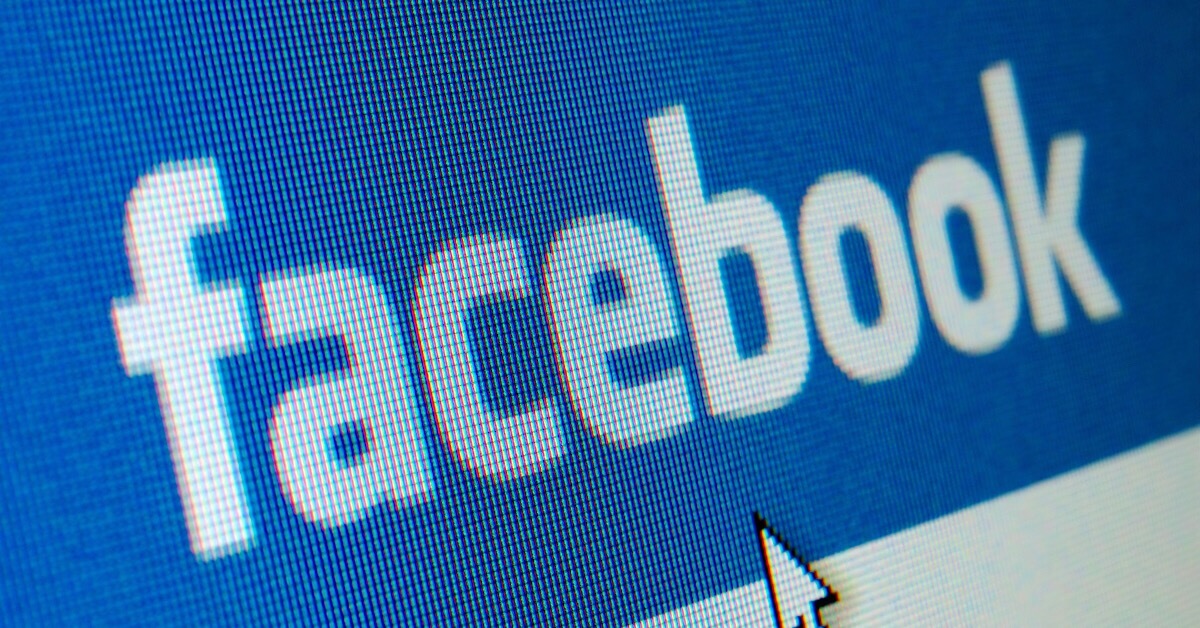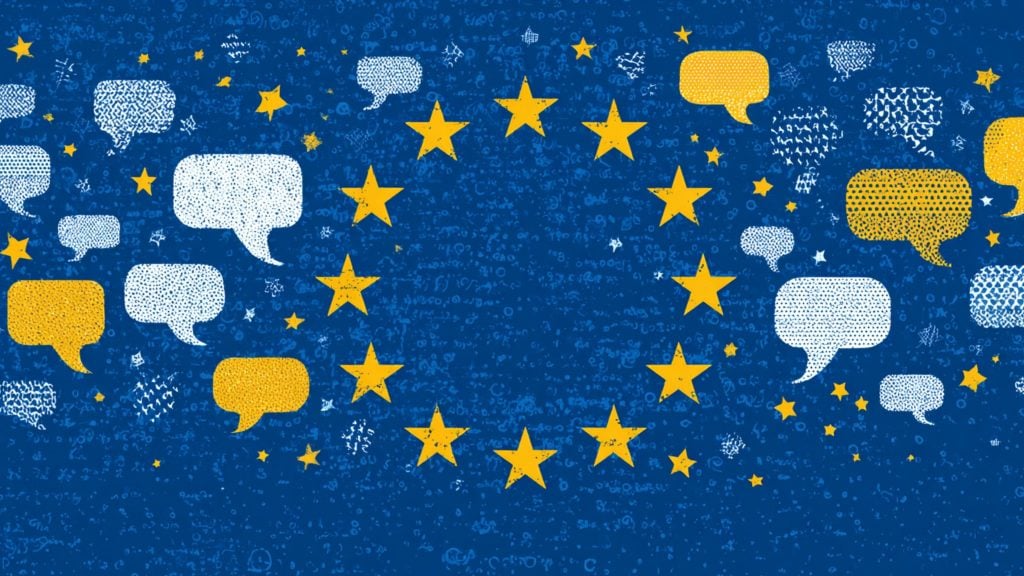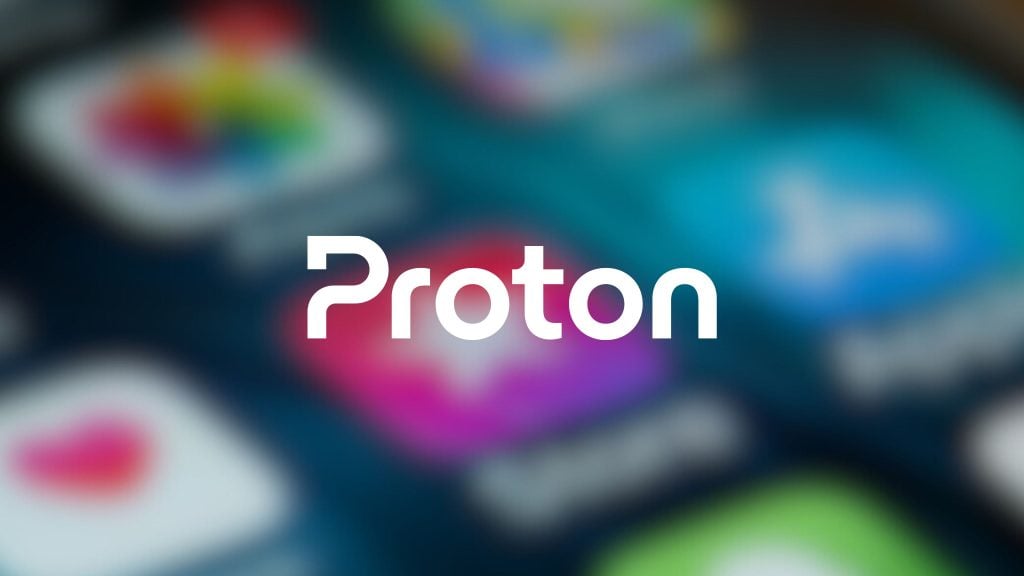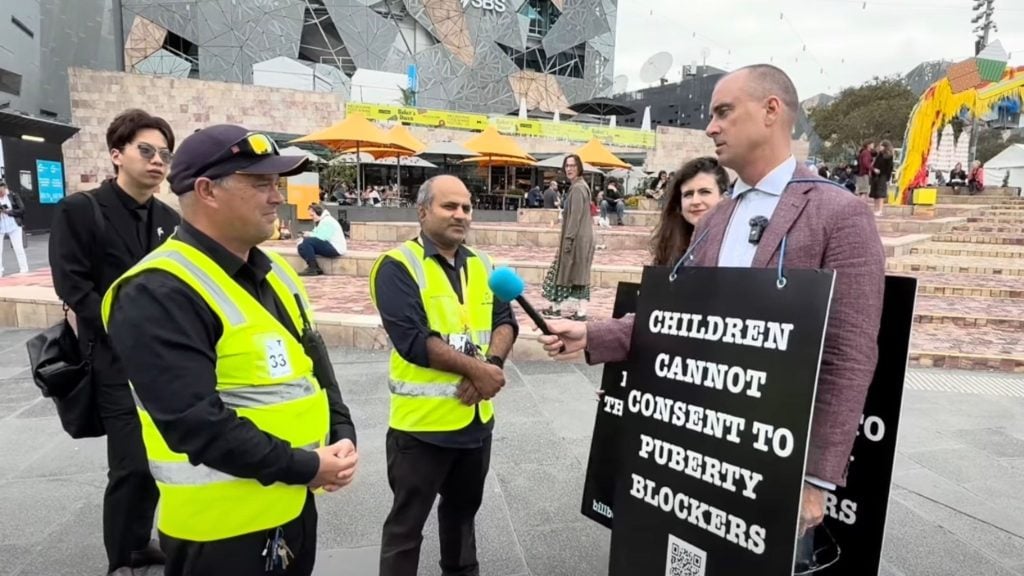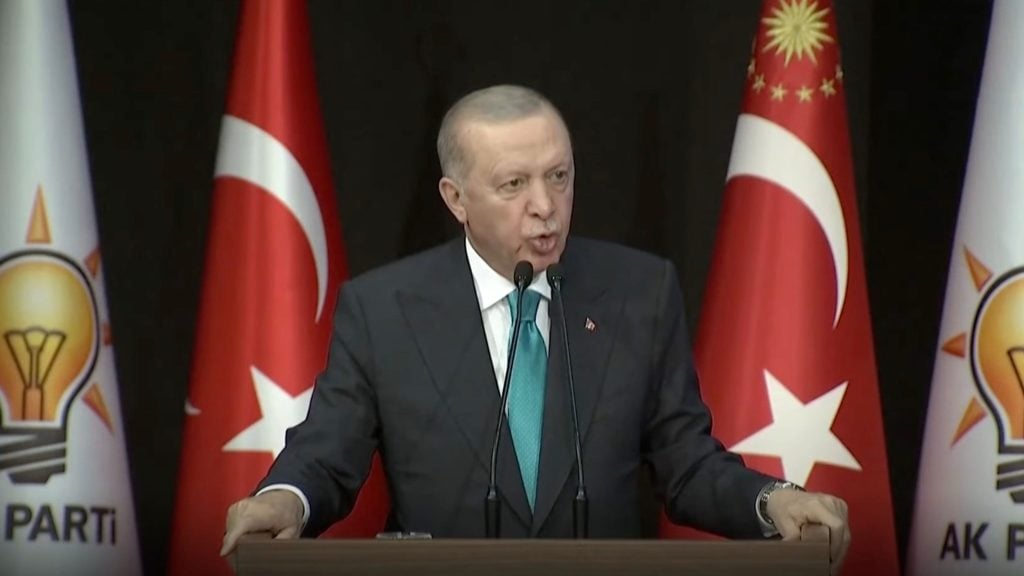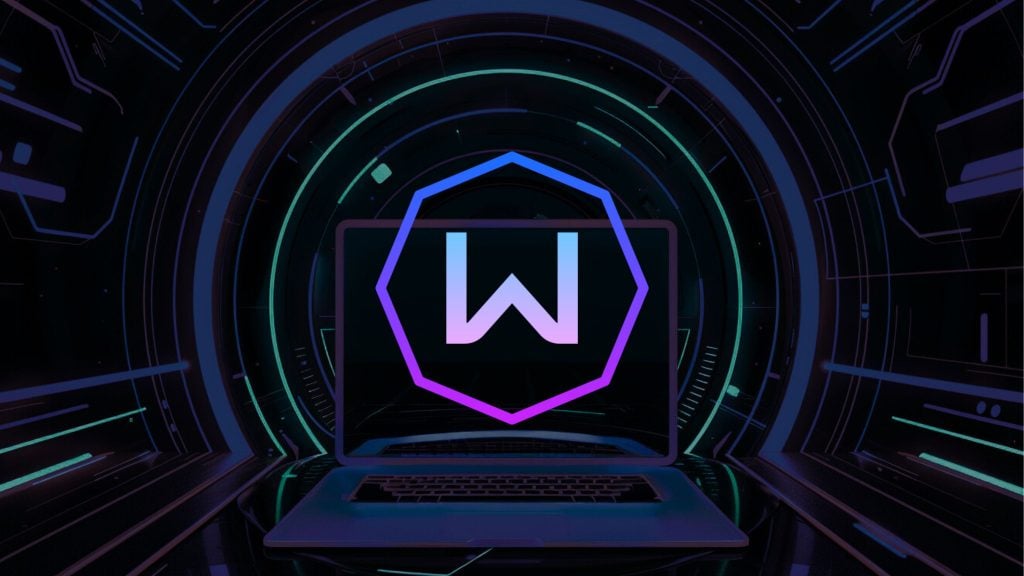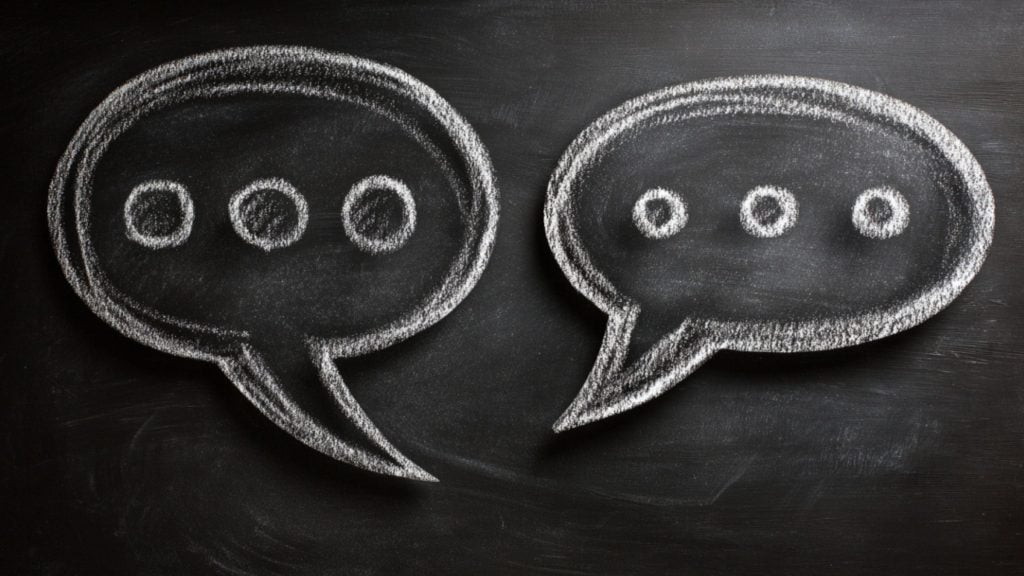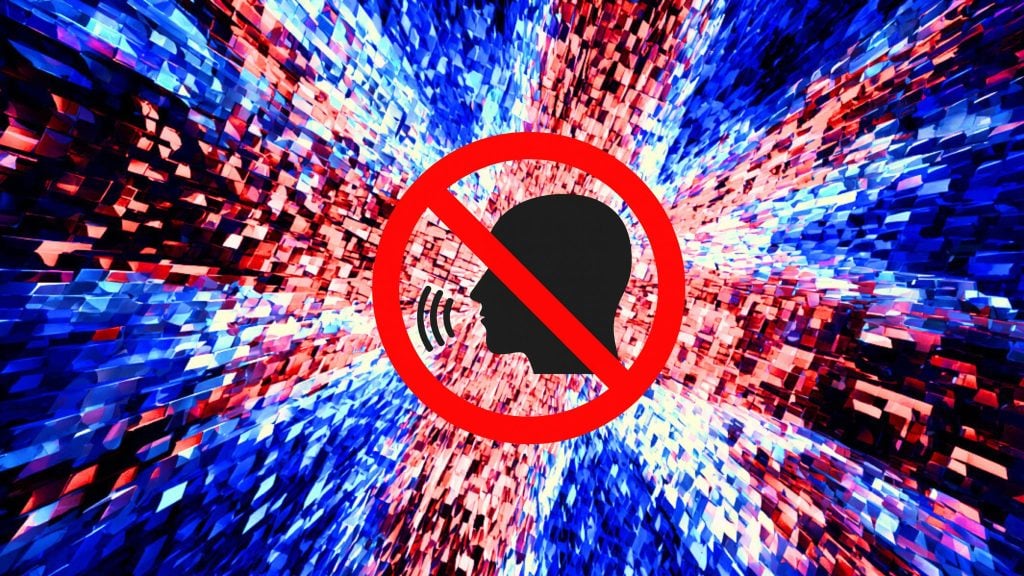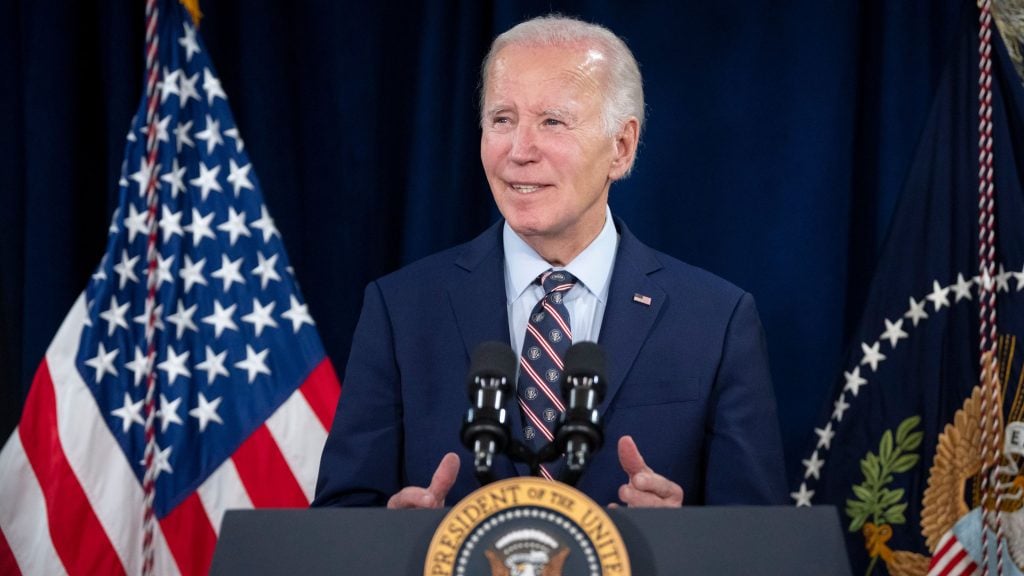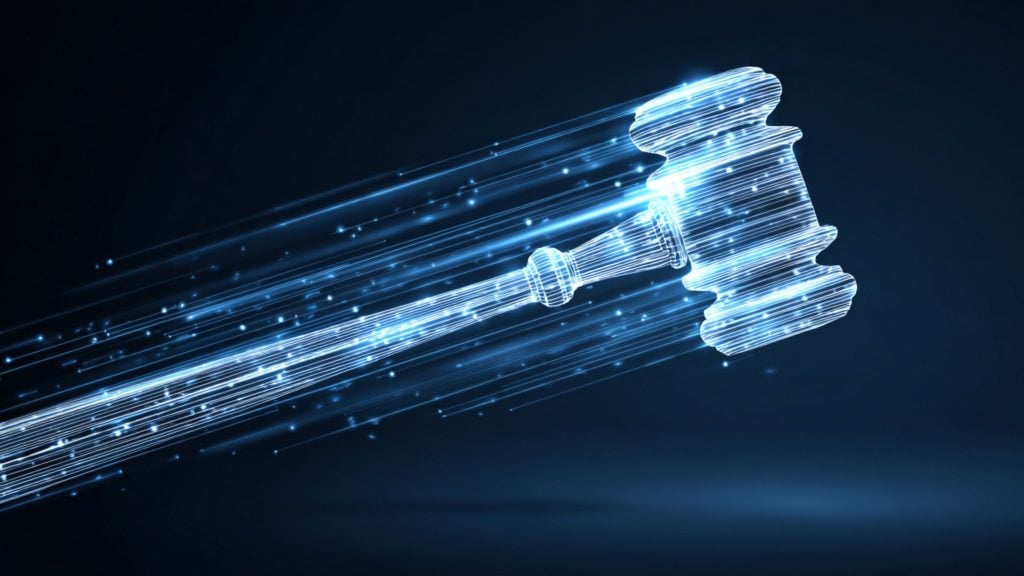Earlier this week, Facebook announced a slew of new updates which it says will help “manage problematic content” on its platform. The most concerning of these updates is the “Click-Gap” algorithm which is live now and disproportionately down ranks content from smaller content creators.
Facebook provided further details of how this “Click-Gap” algorithm works in a blog post. Here’s how the company describes it:
This new signal, Click-Gap, relies on the web graph, a conceptual “map” of the internet in which domains with a lot of inbound and outbound links are at the center of the graph and domains with fewer inbound and outbound links are at the edges. Click-Gap looks for domains with a disproportionate number of outbound Facebook clicks compared to their place in the web graph. This can be a sign that the domain is succeeding on News Feed in a way that doesn’t reflect the authority they’ve built outside it and is producing low-quality content.
Basically, this “Click-Gap” algorithm means that sites with lots of links are seen as authoritative by Facebook whereas sites with fewer links are seen as more likely to push low-quality content.
Large mainstream media sites are going to naturally have lots of links because of their size and scale. Under this “Click-Gap” algorithm, they’re going to be deemed authoritative, regardless of the quality of the content they produce. There are many examples of these mainstream media sites pushing fake news but this won’t be accounted for with this “Click-Gap” algorithm.
Smaller creators are likely to have fewer links in comparison to these mainstream media sites. Their size has nothing to do with the quality of their content. However, if they produce high-quality content and it performs well, Facebook is going to use this as a sign that they could be producing low-quality content and potentially down rank links to their content in the news feed.
The overall impact of this “Click-Gap” algorithm is that it disproportionately favors large mainstream media sites and punishes smaller creators by design.
Facebook’s policies often censor smaller creators and boost mainstream media sites by design. They’re introduced under the guise of controlling the spread of misinformation on Facebook but almost always disproportionately benefit larger sites while doing little to stop the spread of actual fake news.
For example, when news was breaking about the alleged hate crime against actor Jussie Smollett, smaller sites and independent journalists generally questioned the events and suggested it was a hate crime hoax whereas most of the mainstream media sites reported it as a genuine hate crime. Facebook used its “hate speech” rules to suppress content from these smaller sites and independent journalists.
In this instance, Facebook’s “hate speech” rules disproportionately punished these smaller sites, even though prominent figures in the Smollett investigation (including Chicago’s mayor Rahm Emanuel and the Chicago Police Department) agree with their reporting and insist that Smollett perpetrated a hate crime hoax.
This new “Click-Gap” algorithm is likely to exasperate this problem and lead to even more censorship of content from smaller creators on Facebook.

